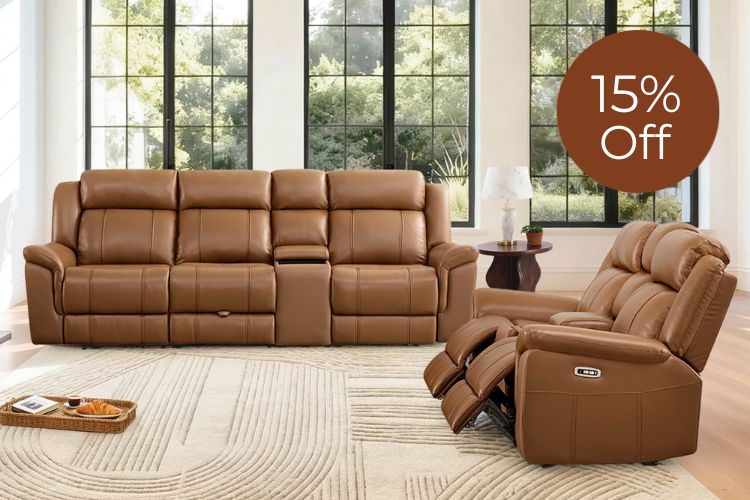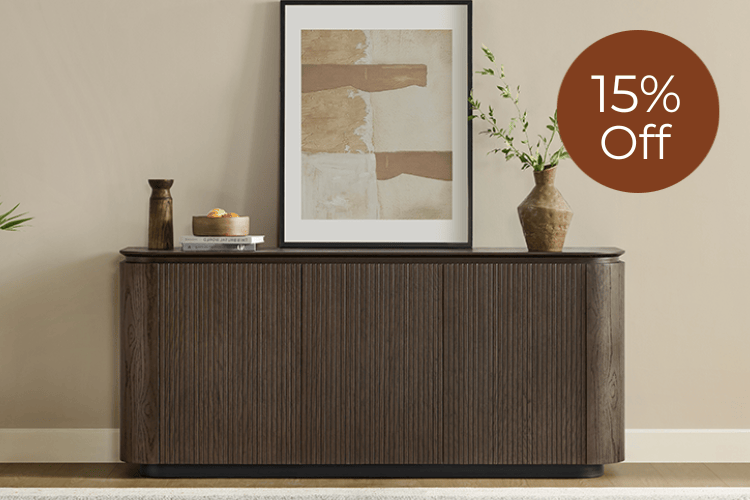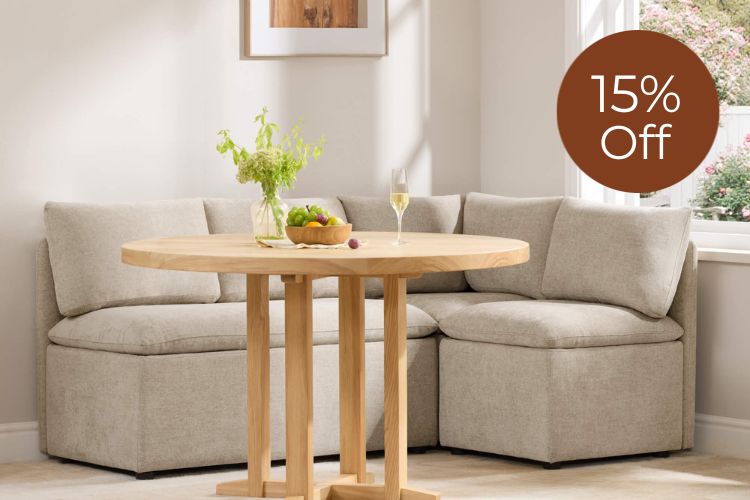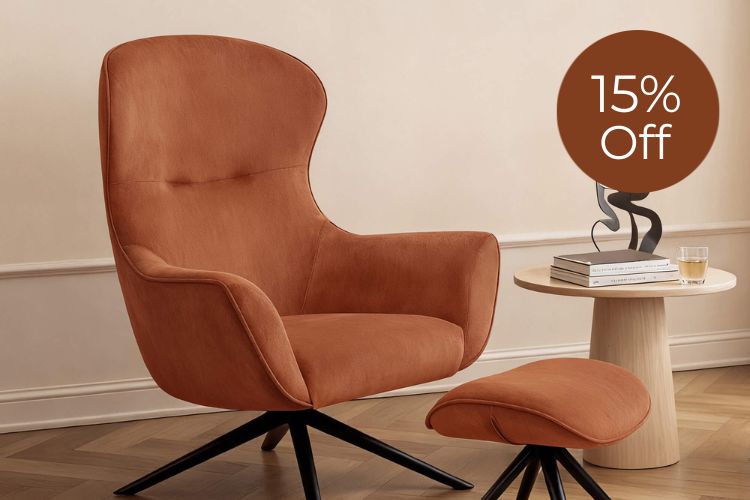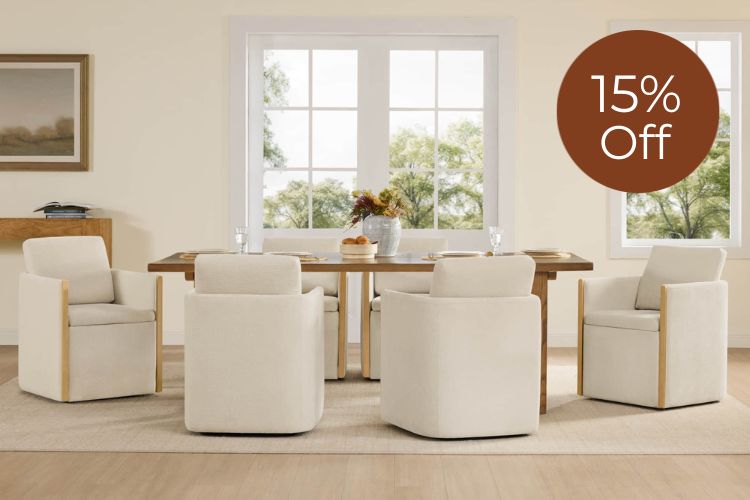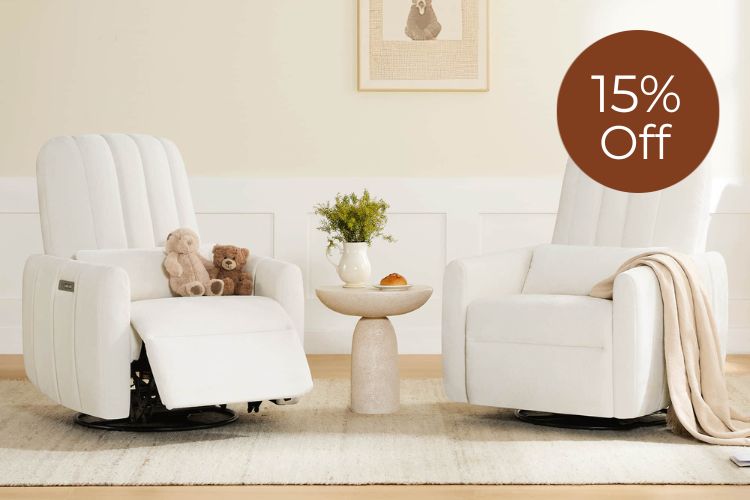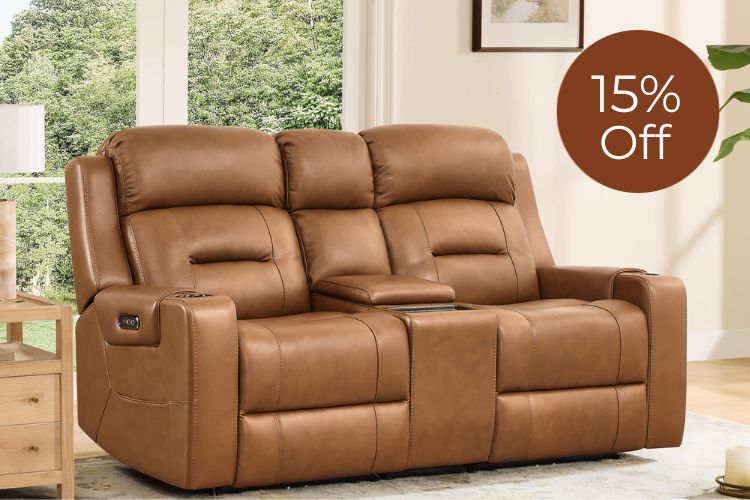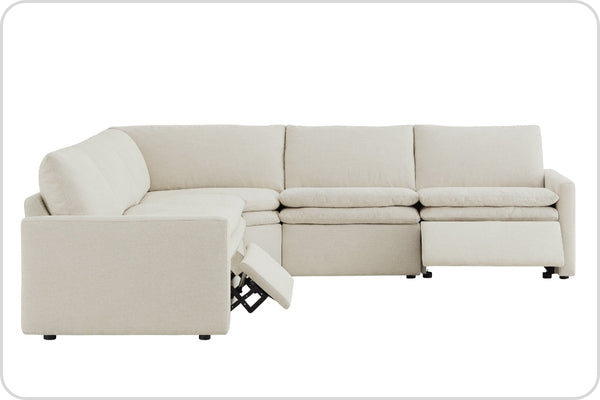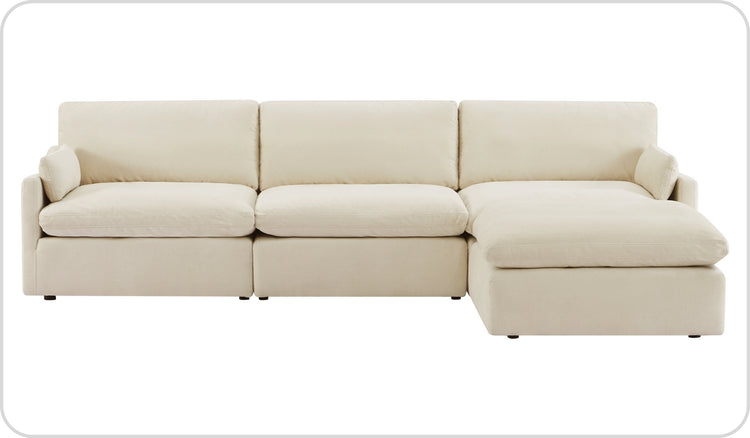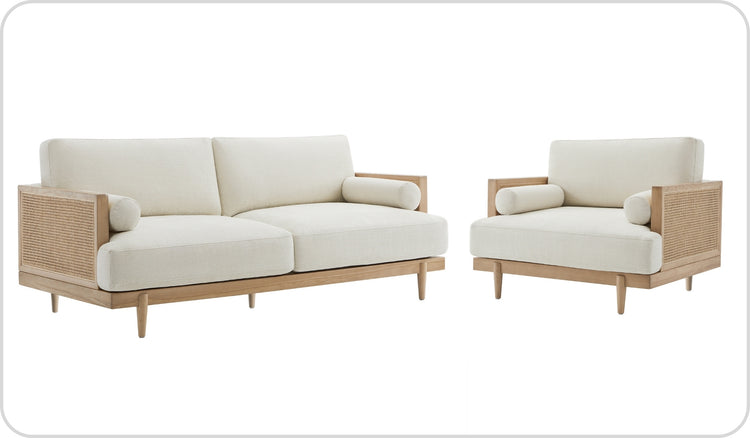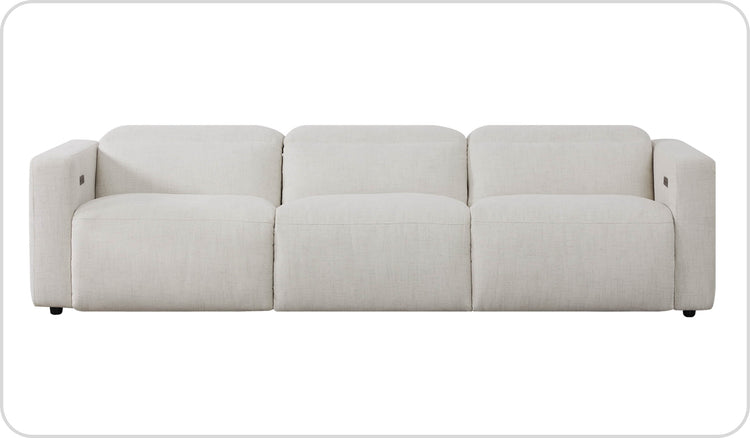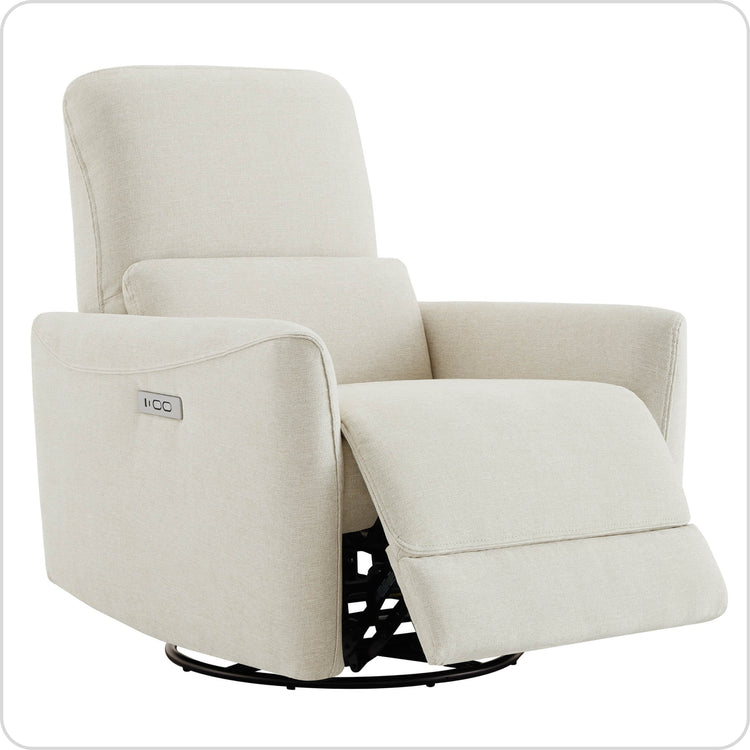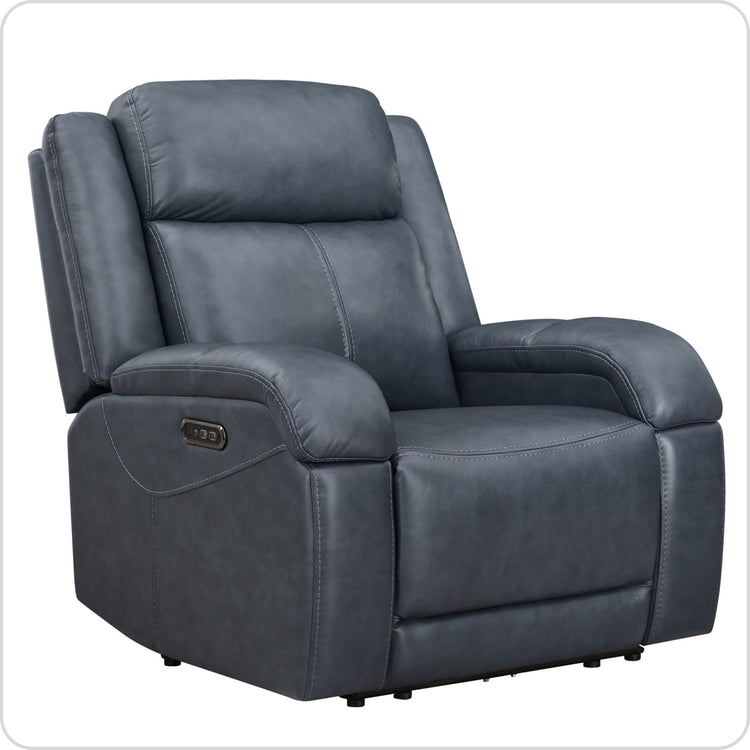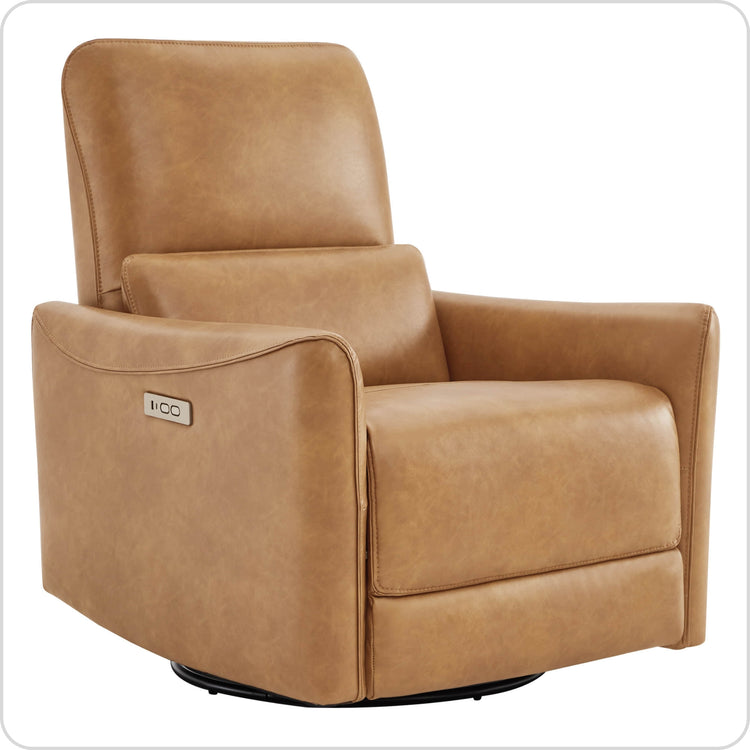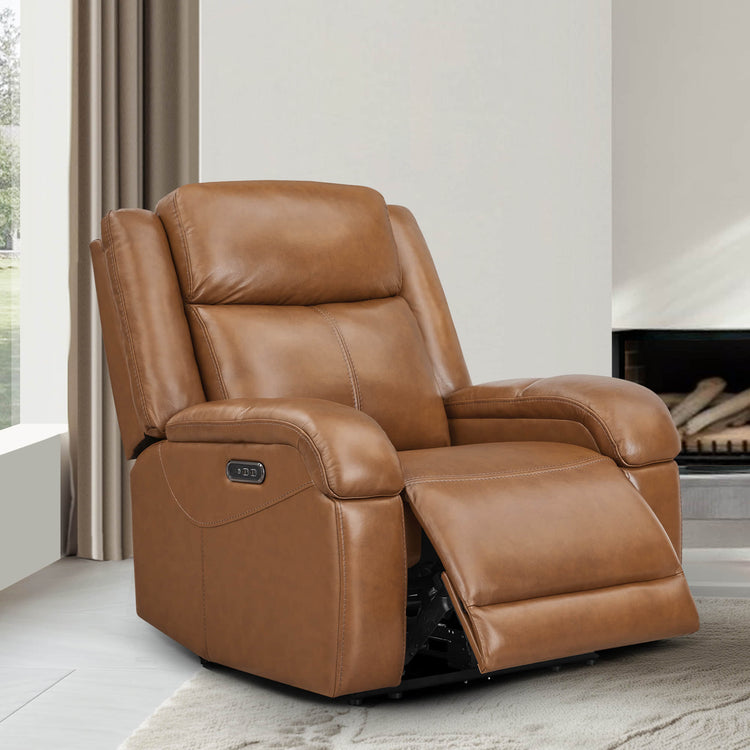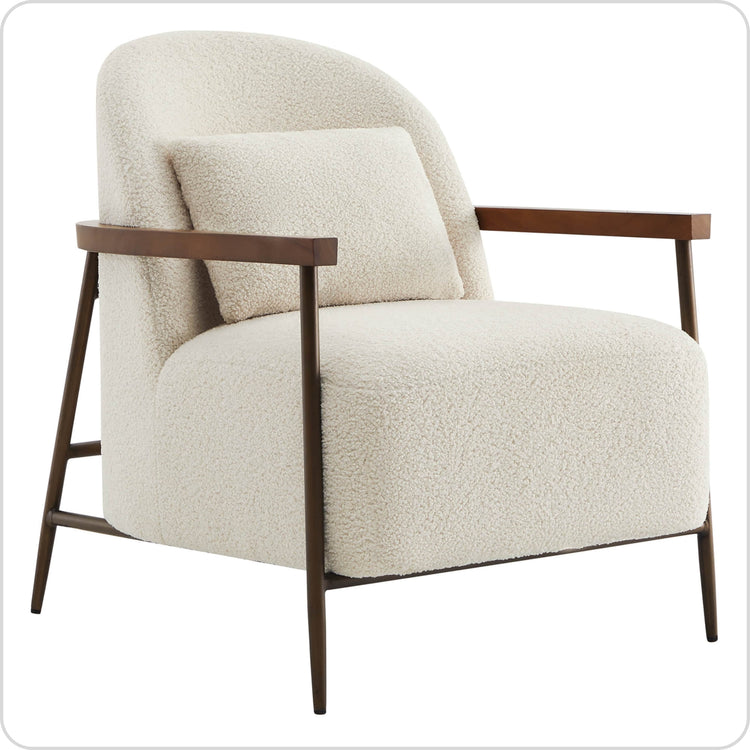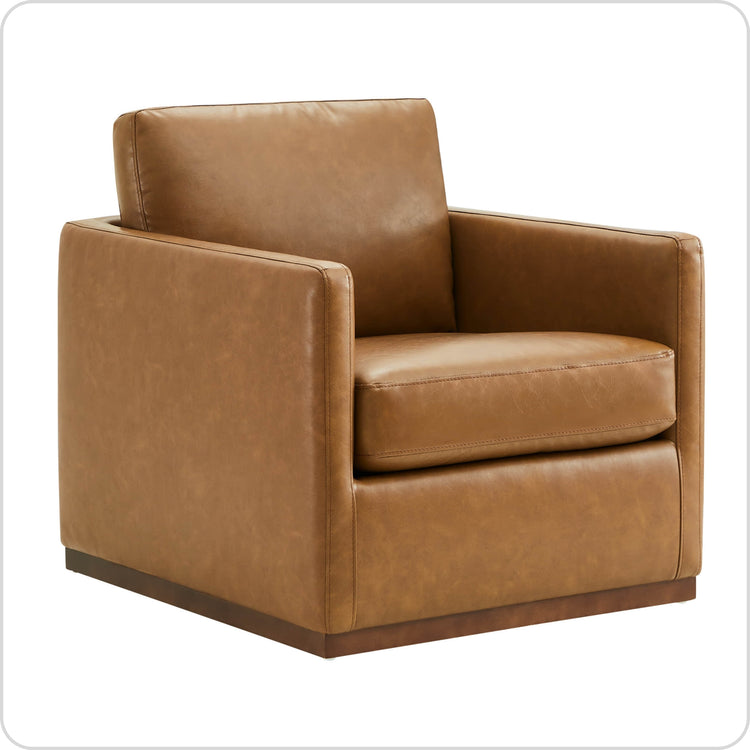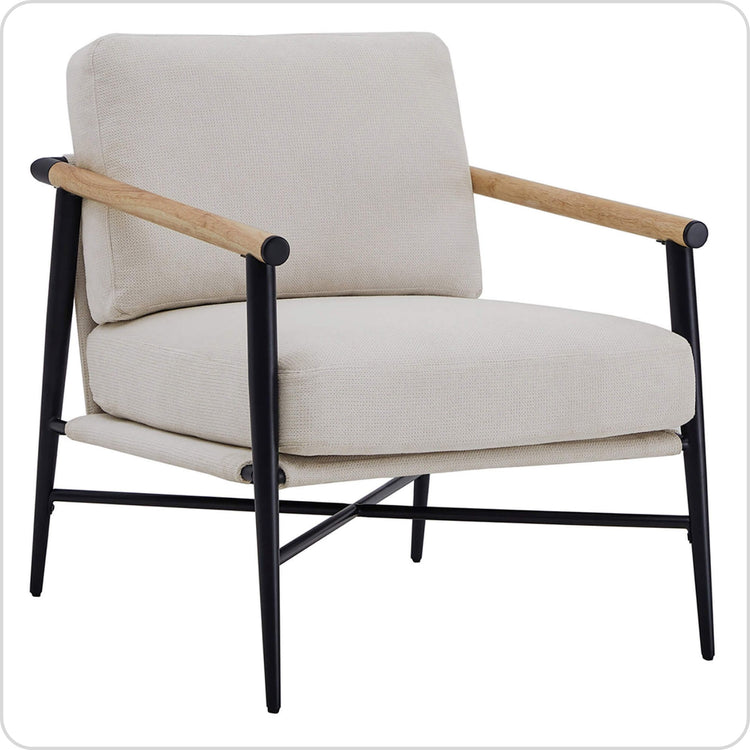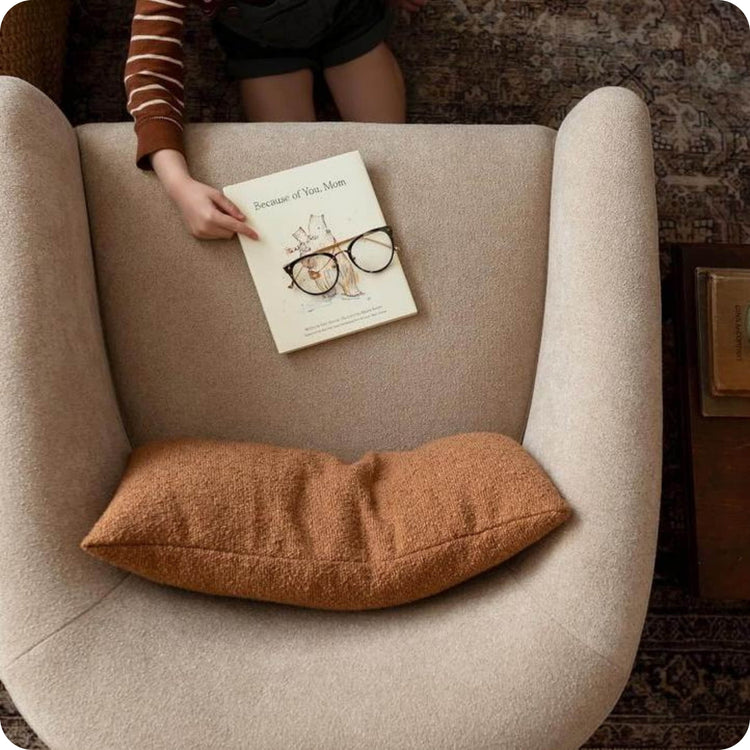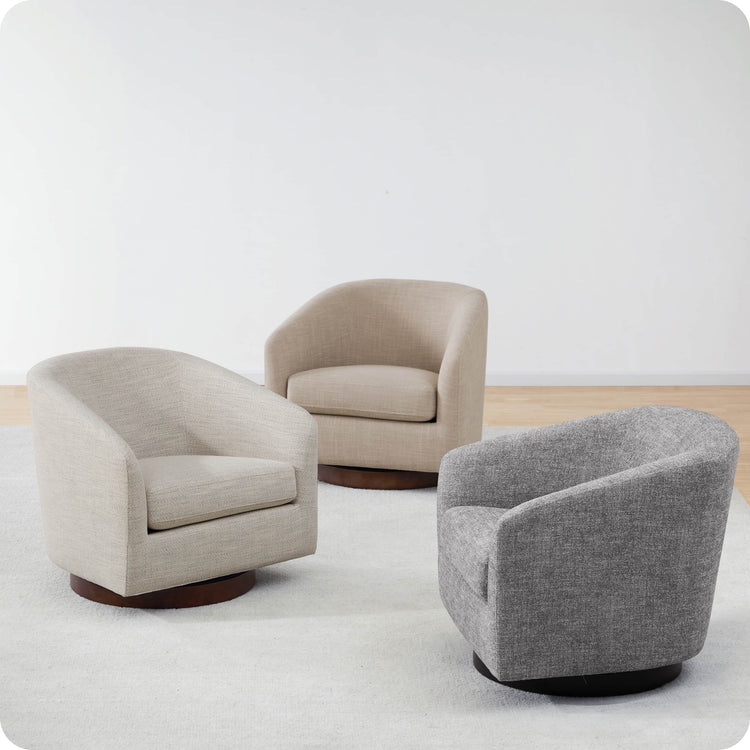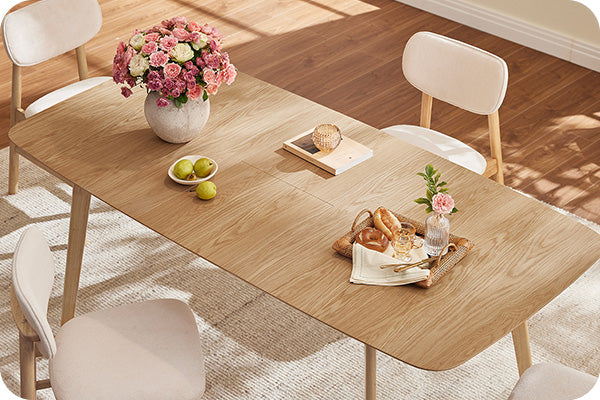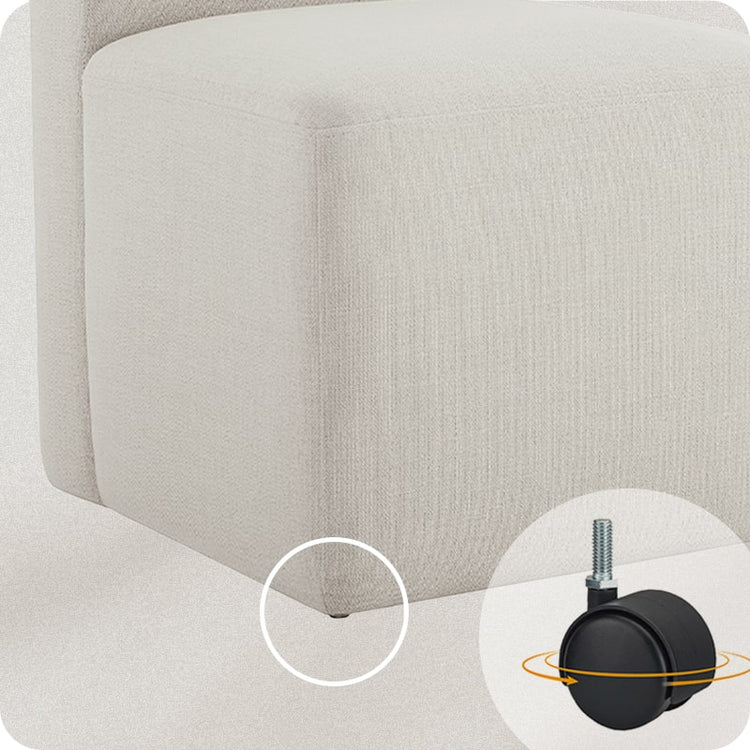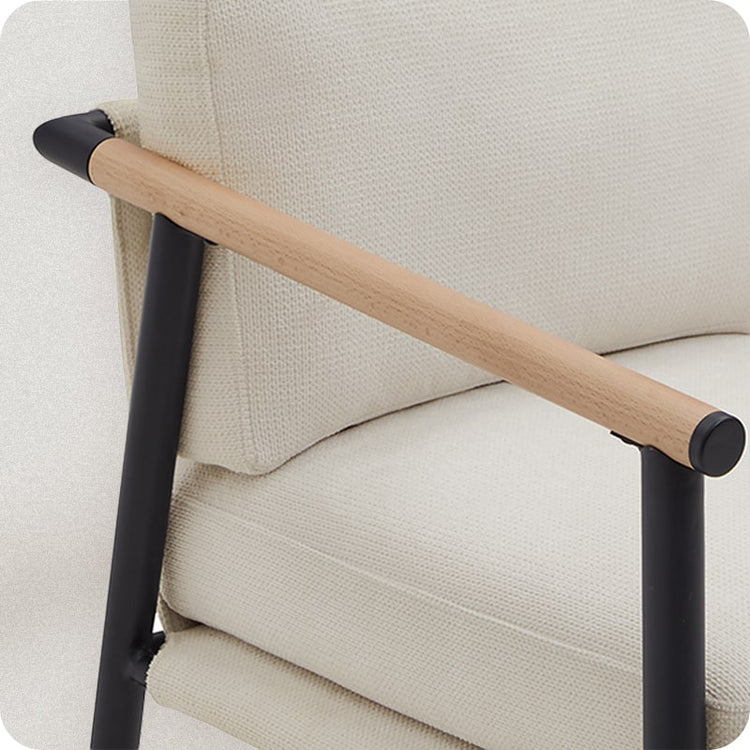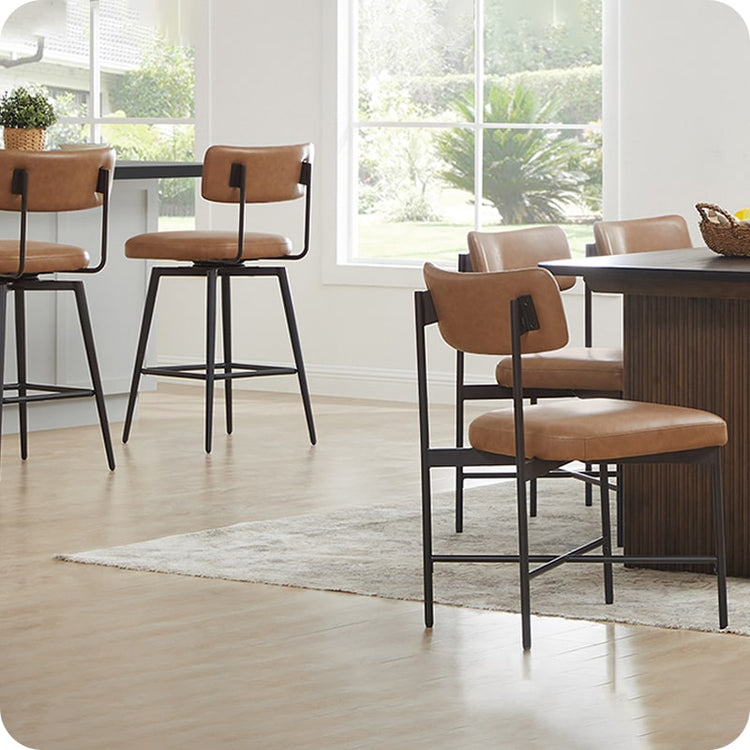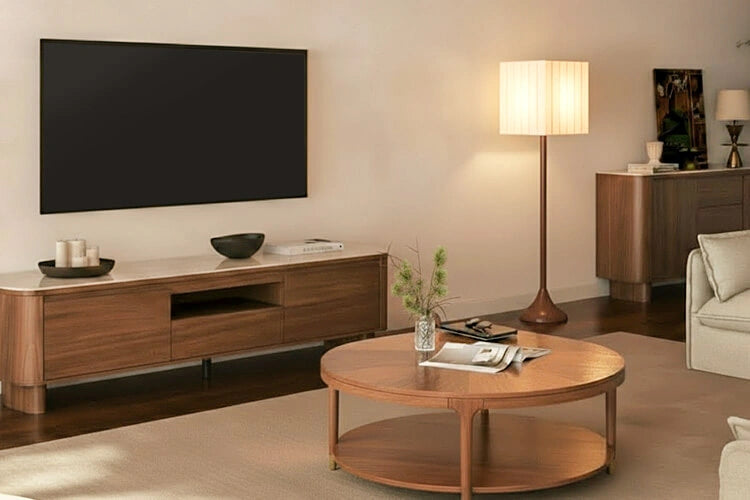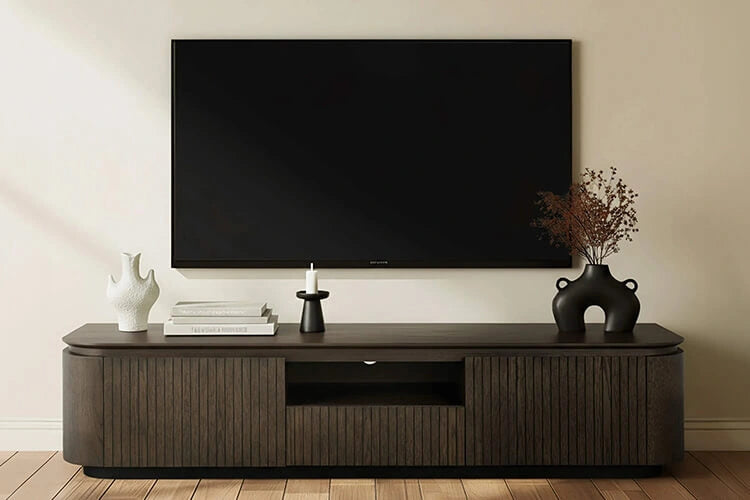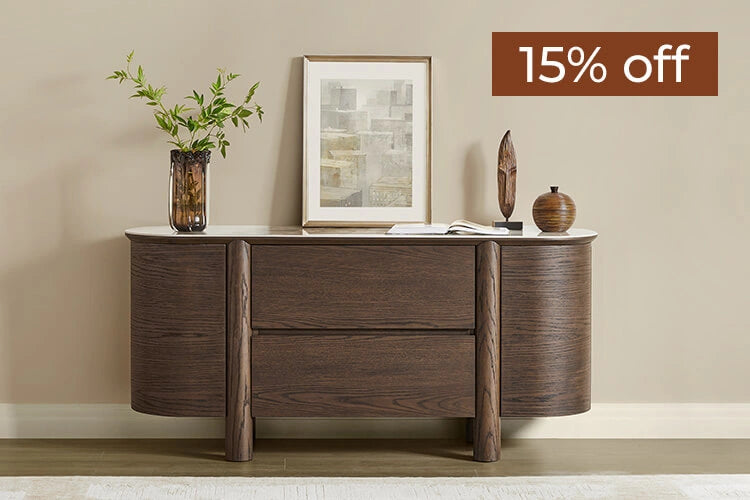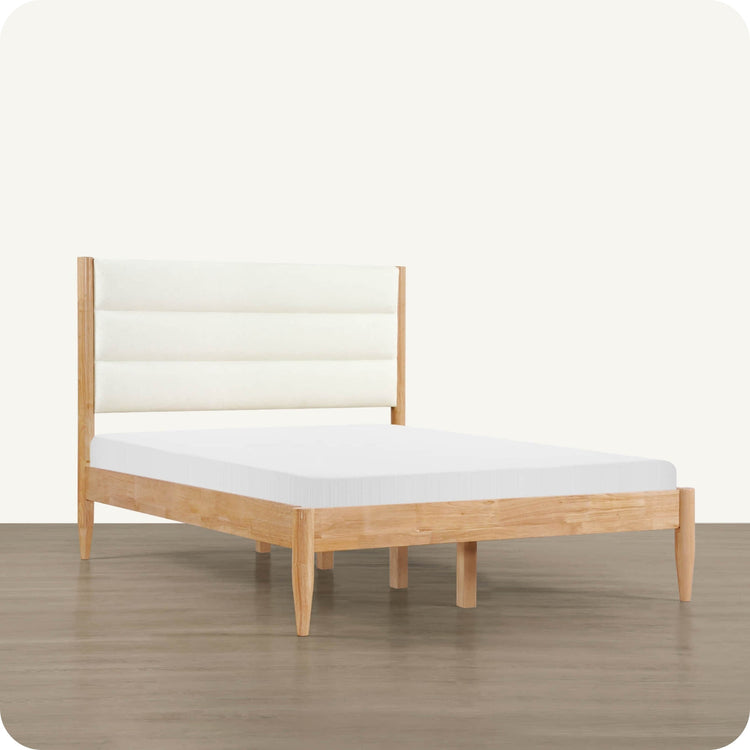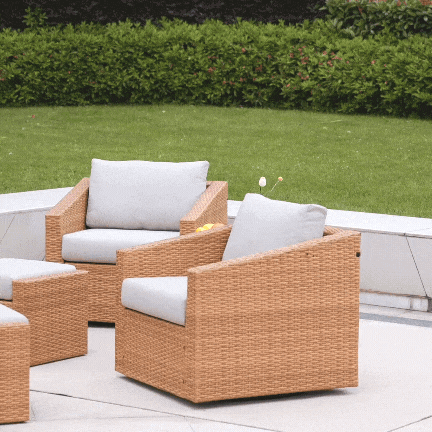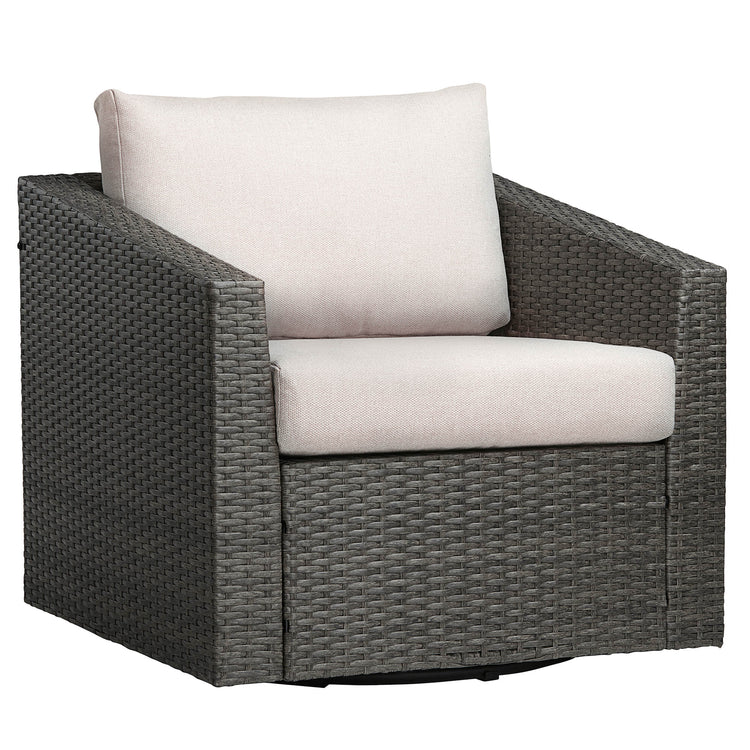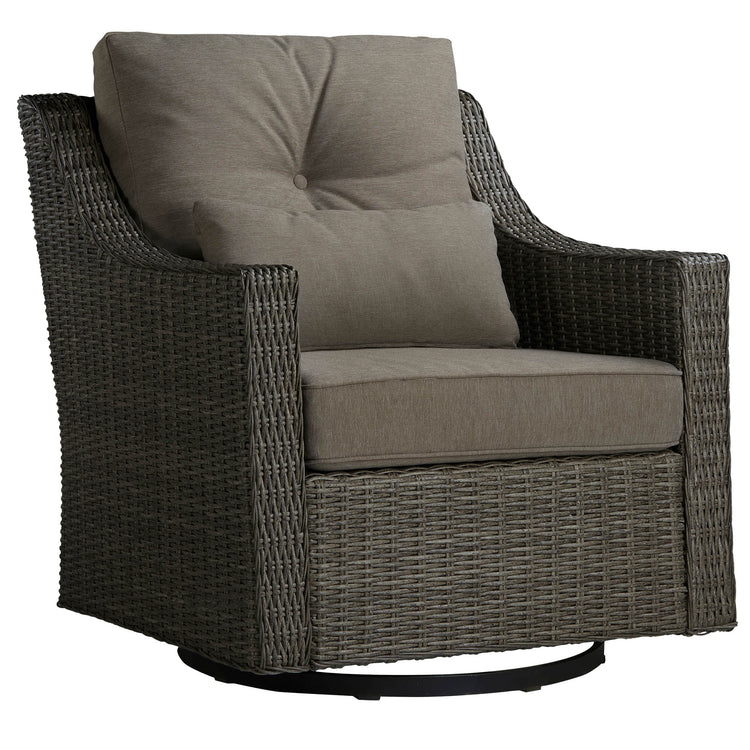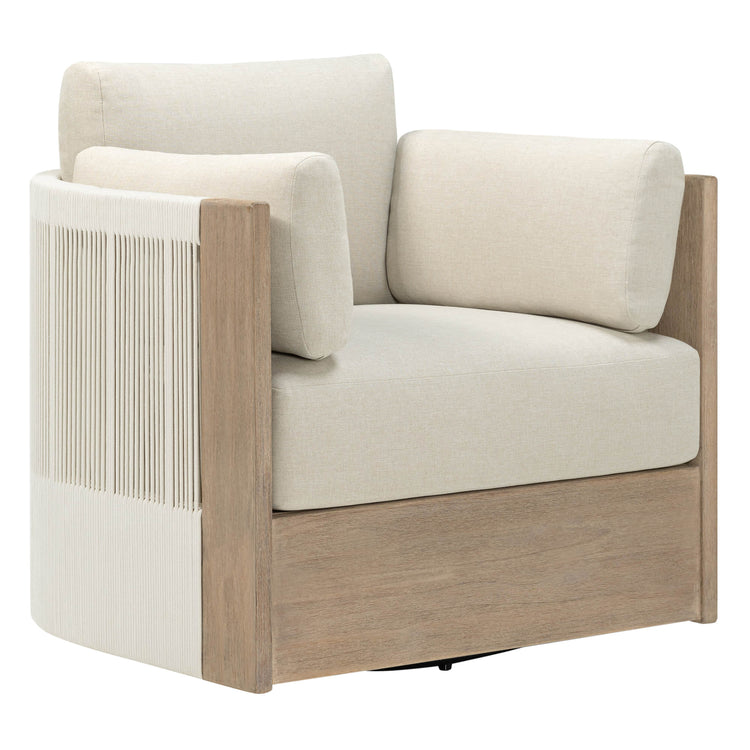Navigation
- Introduction
- Define Space Zones
- Choose Compact Furniture
- Utilize Wall Space
- Promote Open Flow
- Achieve Visual Balance
- Maximize Natural Light
- Add Visual Interest
- Pick Versatile Furniture
- Reduce Clutter
- Conclusion
Introduction
Styling a small living room comes with challenges, but it can be done beautifully with some strategic tips. When space is limited, every design decision is critical for maximizing function and style. The layout, furniture choices, and decor details all play an important role. When styling your cozy living room, follow these tips to make the most of your modest square footage.
Define Space Zones
Start dividing your small living room into zones or areas for sitting, media viewing, and foot traffic pathways. Area rugs are a great way to define each zone within an open-concept living room. Position them under the furniture grouping for each space, separating seating from foot traffic areas.
Wall art and bookshelves also help delineate one zone from another when placed strategically. Hang anchor pieces between seating areas or highlight specific furniture groupings. The visual divisions make spaces feel purposeful, and help guide natural movement through the room.
Choose Compact Furniture
Look for couches, chairs, end tables, and other living room furniture with slim, compact profiles. Pieces with a smaller footprint allow you to fit in more seating without cramming. Scale down bulky traditional pieces for daintier, lightweight options that occupy less visual space.
Multi-functional furniture also serves double duty to maximize usefulness. Try nesting tables that tuck under each other or storage ottomans that provide bonus space to tuck away blankets. Dual-purpose furniture makes every inch count.

Utilize Wall Space
Take advantage of vertical wall space to prevent a cluttered feeling. Mount shelving or display cabinets to hold books, decor items, and multimedia components. Floor space stays open, while walls provide organized storage and display.
Tall, slender plants are another way to bring in greenery and softness without taking up precious floor area. Create a living wall with mounted shelf planters or hang trailing plants in macrame holders.
Promote Open Flow
Arranging furniture at angles opens up a small living room, unlike lining pieces up squarely against the walls. Floating furniture promotes an airy, open ambiance. Leave ample space for pathways between seating areas and entrances for smooth foot traffic flow.
Avoid cluttered or closed-off spaces that make rooms feel smaller. Transparent furniture like glass coffee or side tables also maintain an open, airy vibe.
Achieve Visual Balance
A balanced layout with evenly distributed furnishings prevents a lopsided look. Anchor the room with a rug and evenly place key furniture around it. Group end tables or accent chairs near both ends of a sofa for symmetry.
Avoid sticking all the furniture against one wall or placing all larger pieces along one side. Scatter smaller decor pieces throughout to tie the whole room together.

Maximize Natural Light
Abundant natural light makes small spaces feel more open and airy. Position seating near large windows to bask in daylight. Supplement with accent lighting like overhead fixtures, lamps, and sconces. Illuminate dark corners to prevent dim, cramped spots.
Sheer curtains softly filter light while keeping the space visible from the outdoors. Mirrors also help bounce natural light around for a brighter, more expansive ambiance. Natural light transforms indoor environments by improving mood and creating healthier living spaces.
Add Visual Interest
Incorporate tactile decor elements that add cozy visual richness without clutter. Layer in throw blankets and pillows in natural fibers like wool and linen. Rough woven baskets or ceramic garden stools provide earthy contrast to sleek furniture.
Greenery from potted plants or dried botanical wreaths boosts freshness. A gallery wall showcases artwork and memories meaningfully.

Tammy's vibrant nook is the perfect case in point!
Pick Versatile Furniture
Opt for furniture that multitasks by incorporating pieces that are flexible in their use. A modular sofa is an excellent choice due to its versatility and spatial efficiency. It can be rearranged to suit different needs. Pair this with nesting coffee tables for an easy way to clear space when needed. Sturdy ottomans also offer dual functionality, serving as additional seats or surfaces.
The convertible pieces like Murphy beds and pull-out sleeper sofas are great additions, too, transforming living spaces into guest rooms whenever necessary. When it comes to small spaces, the key is choosing adaptive, efficient furniture.

Reduce Clutter
Edit down accessories and decor diligently to avoid a cluttered, cramped look. Store off-season items to pare down visual noise. Rotate pieces in and out to refresh the room. Maintain careful organization and tidy shelves for a streamlined look.
Decluttering also allows for cleaner furniture positioning to open up the room. Define one area for media components to contain wiring and cords neatly.
Maximizing Style and Function in a Small Living Room
Beautifully styling a small living room requires strategic decisions to maximize function and style in a modest space. Defining zones with rugs and wall décor creates purposeful spaces within the open layout. Compact, multi-functional furniture avoids clutter. Vertical wall space can provide storage, greenery, and artwork to draw the eye up. Arranging furniture at angles, as do transparent pieces, promotes an open, airy flow. With careful planning and design choices, you can maximize aesthetics and functionality within a small living room footprint.
Read More
- How to Create Captivating Furniture Arrangements for Small Living Spac – CHITA LIVING
- Modern Meets Classic: Why Tufted Dining Chairs Work in Every Style – CHITA LIVING
- 13 Ways to Style a Vibrant Green Accent Chair in Your Home – CHITA LIVING
- A Guide to Cleaning and Maintaining Your Power Glider Recliner – CHITA LIVING
- How to Create Captivating Furniture Arrangements for Small Living Spac – CHITA LIVING
